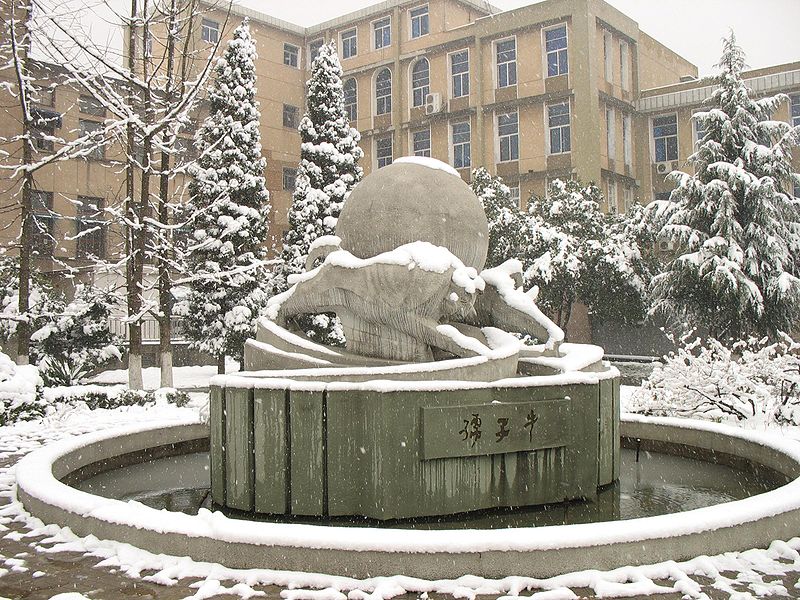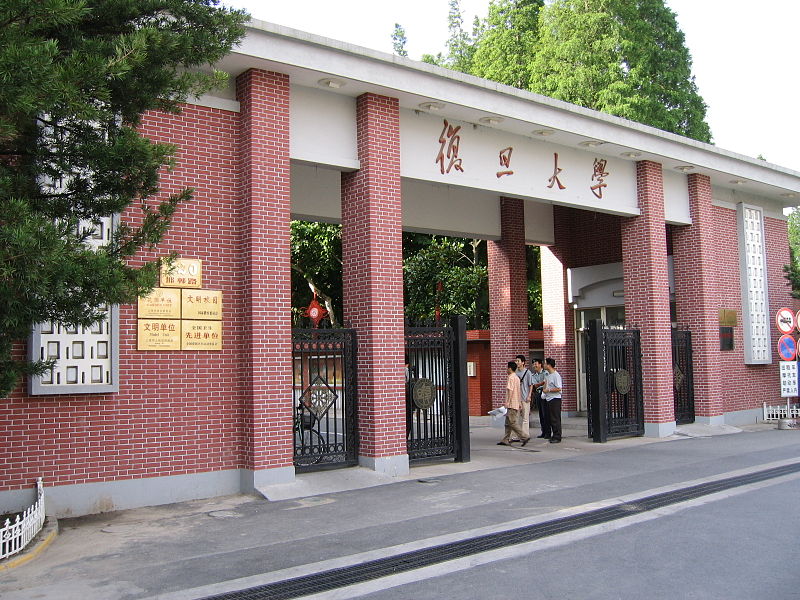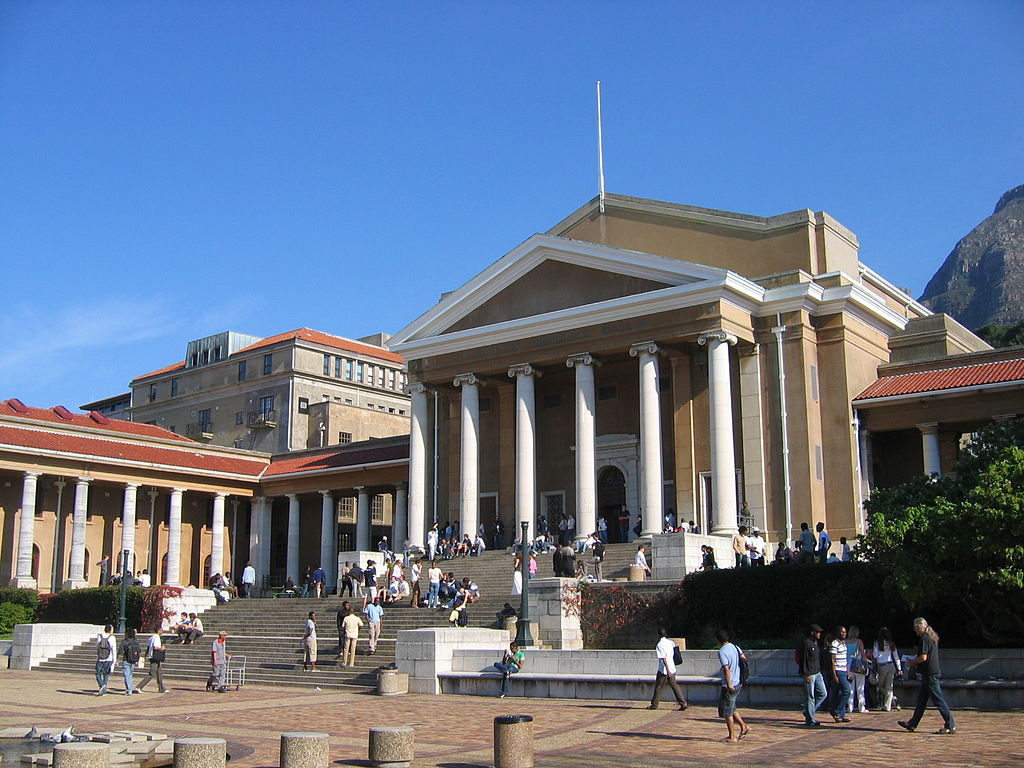Following the inaugural edition of the QS University Rankings: BRICS last year, this ranking of universities in the BRICS countries has now been extended to include an additional 100 institutions. Visit the interactive rankings table to view the full list and compare universities on eight individual indicators, or keep reading to get a quick introduction to this year’s top 10 universities in the BRICS countries…
1. Tsinghua University (China)
Retaining the number one spot this year, China’s Tsinghua University is actually rated second among BRICS institutions according to both the employer and academic surveys – but it beats close rival Peking University on almost all the other indicators used; the only exception is research citations, in which Tsinghua has made progress since the last edition of the ranking. Located in Beijing and one of the elite “C9” group of research universities, Tsinghua University is ranked 48th in the 2013/14 QS World University Rankings®.
 2. Peking University (China)
2. Peking University (China)
Also located in Beijing, and also a C9 member, Peking University is actually two places above Tsinghua in the global ranking – but the adapted methodology used for the BRICS ranking means it comes one place lower here. Peking University is rated the leading BRICS institution in QS’s global surveys of both academics and employers, and ranks within the top 10 universities in the BRICS countries for citations per paper, reflecting the strong impact of its research. Its overall score remains fairly stable this year, with progress in faculty/student ratio balancing out slightly weaker scores for proportion of staff with a PhD and proportion of international students.
 3. Lomonosov Moscow State University (Russia)
3. Lomonosov Moscow State University (Russia)
Russia’s Lomonosov Moscow State University claims its strongest score for faculty/student ratio, for which it ranks fourth among BRICS universities. More generally, the BRICS ranking suggests that high academic staffing levels are one of the major strengths of Russian universities compared to those in the other BRICS countries; the top 10 universities on this indicator are all Russian. Lomonosov Moscow State University also comes fifth for global academic reputation and is within the top 10 universities in BRICS nations for proportion of international students. Its weakest area is research, in terms of both production rates and impact levels.
 4. University of Science and Technology of China (China)
4. University of Science and Technology of China (China)
The University of Science and Technology of China has climbed two places since the last edition of the BRICS ranking. It has improved scores on several indicators, most notably for proportion of academic staff members qualified to PhD level. Based in the city of Hefei (about four hours’ drive south of Beijing), the university was founded by the Chinese Academy of Sciences with a mission of contributing to China’s growing economy through education and development in the science and technology fields. Its strong research focus is reflected in high scores for both productivity and impact; it ranks fourth among BRICS universities for papers published per faculty member and seventh for citations per paper.
 5. Fudan University (China)
5. Fudan University (China)
Continuing China’s dominance of the top 10 universities in the BRICS countries, Fudan University is rated third among BRICS institutions by employers and fourth by academics. It also comes fourth in the research citations indicator – China’s top scorer on this measure – but falls one place overall this year, having reported a weaker faculty/student ratio. Located in Shanghai, it is (like all of the Chinese universities within this top 10) a C9 member, and also part of the Universitas 21 international network of universities. Its international focus is reflected in a high percentage of international students; among these top 10 universities, it has the third strongest score for this indicator.
 6. Nanjing University (China)
6. Nanjing University (China)
Also down one place overall this year, Nanjing University has lost ground in several indicators, including those assessing proportion of international students, staff members with a PhD and faculty/student ratio. However, it retains strong scores for global academic reputation (seventh among BRICS universities), proportion of international faculty members (ninth), and citations per paper (11th) – clearly earning a place among the top 10 universities in the BRICS countries. Its location, the city of Nanjing, is preparing to host the 2014 Summer Youth Olympics, and has long been one of China’s most significant commercial centers.
7. Universidade de São Paulo (Brazil)
Brazil’s leading representative in the BRICS ranking, the Universidade de São Paulo fares even better when competing with universities in the Latin American region; it’s second in the 2014 QS University Rankings: Latin America. Here, it comes third in the global academic survey, behind the top two Chinese institutions, and fifth in the employer survey. It ranks seventh among BRICS institutions for proportion of academic staff with a PhD – scoring higher on this indicator than any of the other top 10 universities listed here – and 12th for research papers per faculty member.
8. Shanghai Jiao Tong University (China)
China’s sixth representative among the top 10 universities in the BRICS countries, Shanghai Jiao Tong University is rated sixth in the academic survey and fourth among employers. Its strongest score, however, is for papers published per faculty member – it boasts the strongest figure among the BRICS institutions on this measure. Despite this major strength, it loses two places overall this year, with weaker scores for proportion of international academics and faculty/student ratio.
9= Universidade Estadual de Campinas (Brazil)
Brazil’s second entry in the BRICS list, the Universidade Estadual de Campinas is currently at third place in the Latin American ranking. It’s rated ninth among BRICS universities by academics and 14th by employers, with another strong score for proportion of staff with a PhD (10th). Like fellow Brazilian Universidade de São Paulo, it climbs one place overall this year, having strengthened its score for research citations. Faculty/student ratio remains its weakest area – and indeed, this is the lowest-scoring area for many of these top 10 universities in the BRICS group.
 9= University of Cape Town (South Africa)
9= University of Cape Town (South Africa)
Finally, sharing ninth position, the University of Cape Town climbs two places this year, to give South Africa a top-10 representative. It’s the highest overall scorer for research citations, which is also a relatively strong point for fellow South African institutions University of the Witwatersrand and Stellenbosch University; both make the BRICS top 10 on this indicator. The University of Cape Town also scores notably well in the internationalization measures, ranking sixth among BRICS universities for proportion of international students and seventh for international faculty members – in both cases, the strongest scores among these top 10 universities. Its weakest areas are faculty/student ratio and proportion of staff with a PhD.













